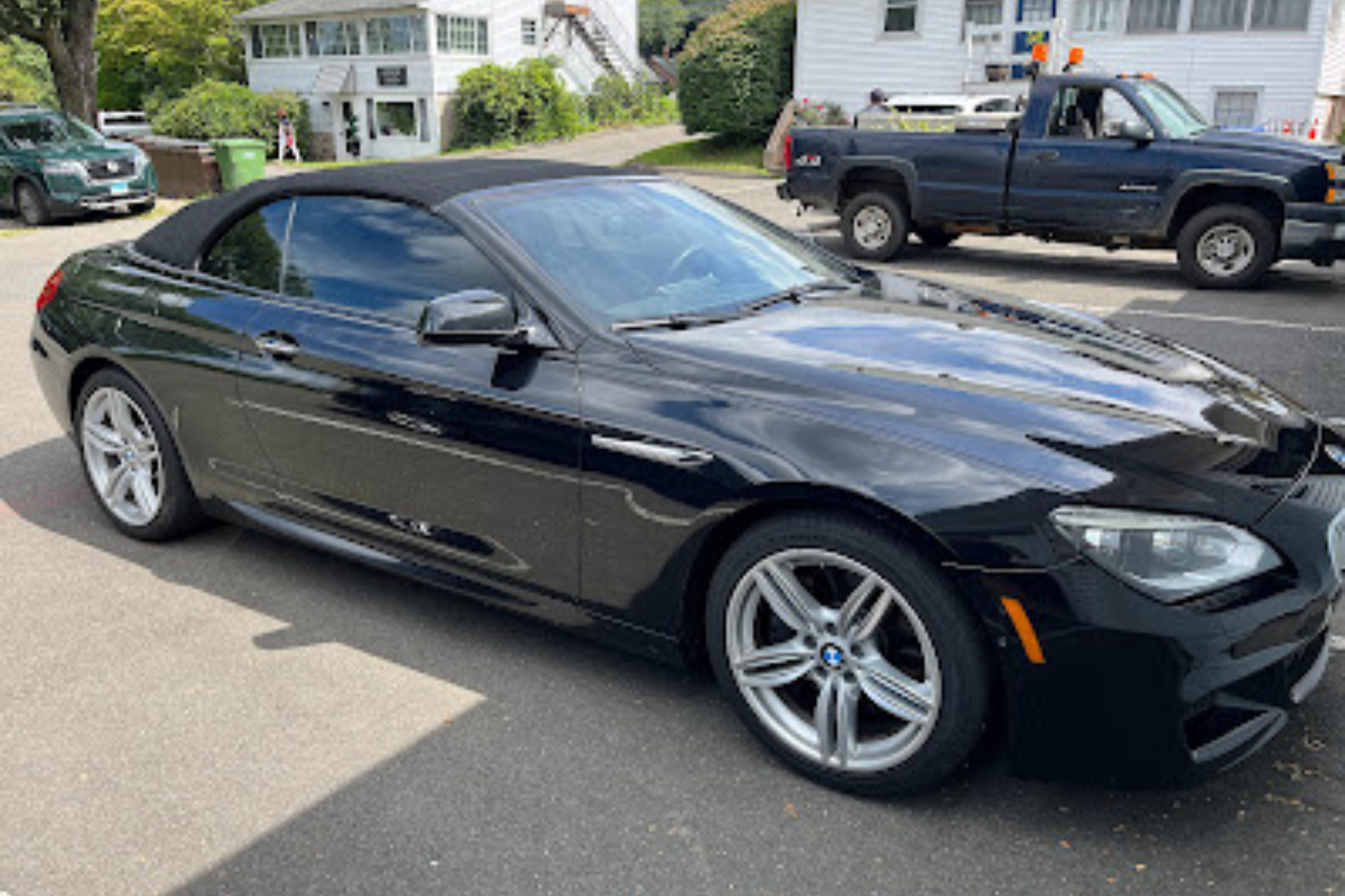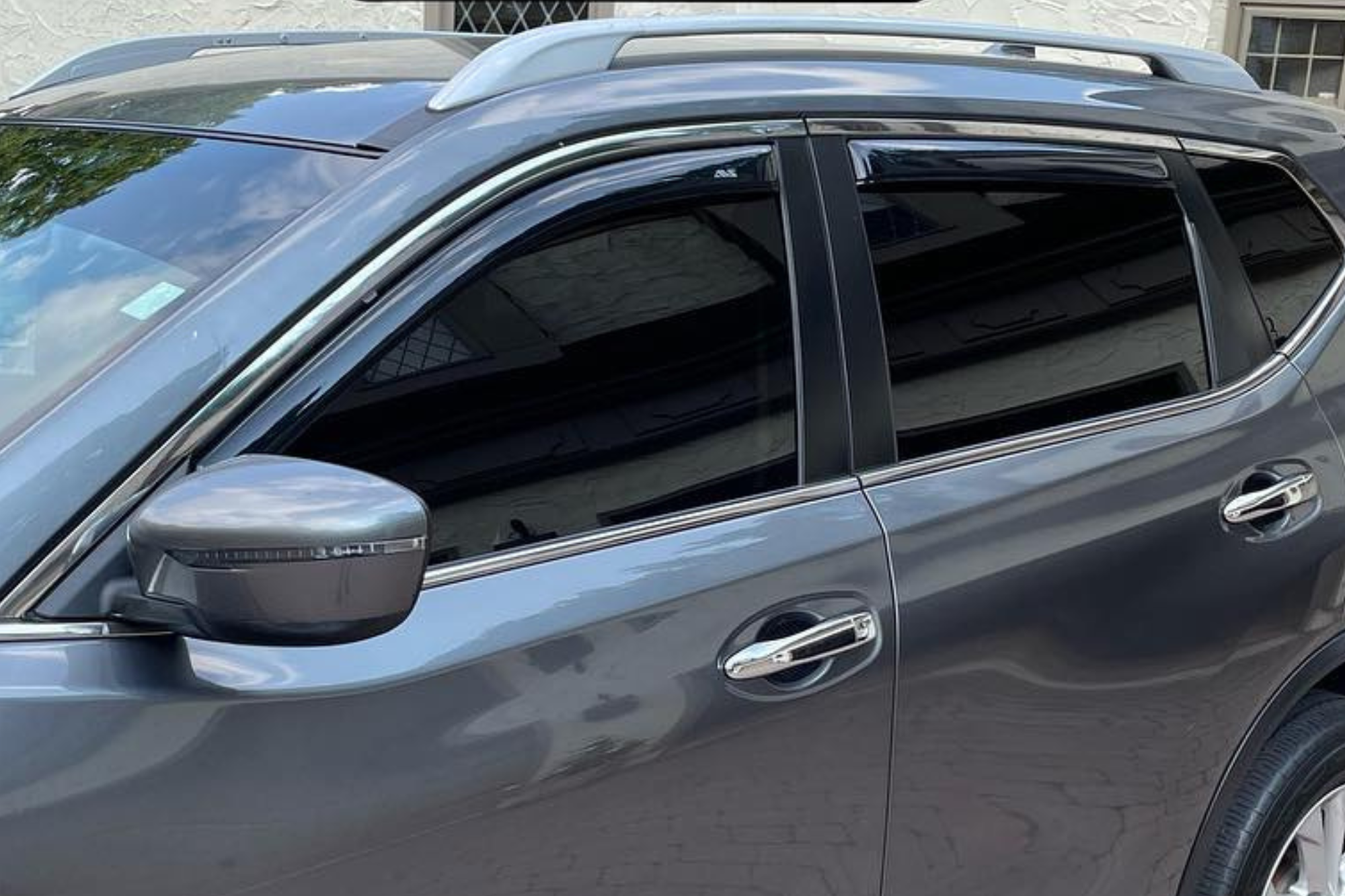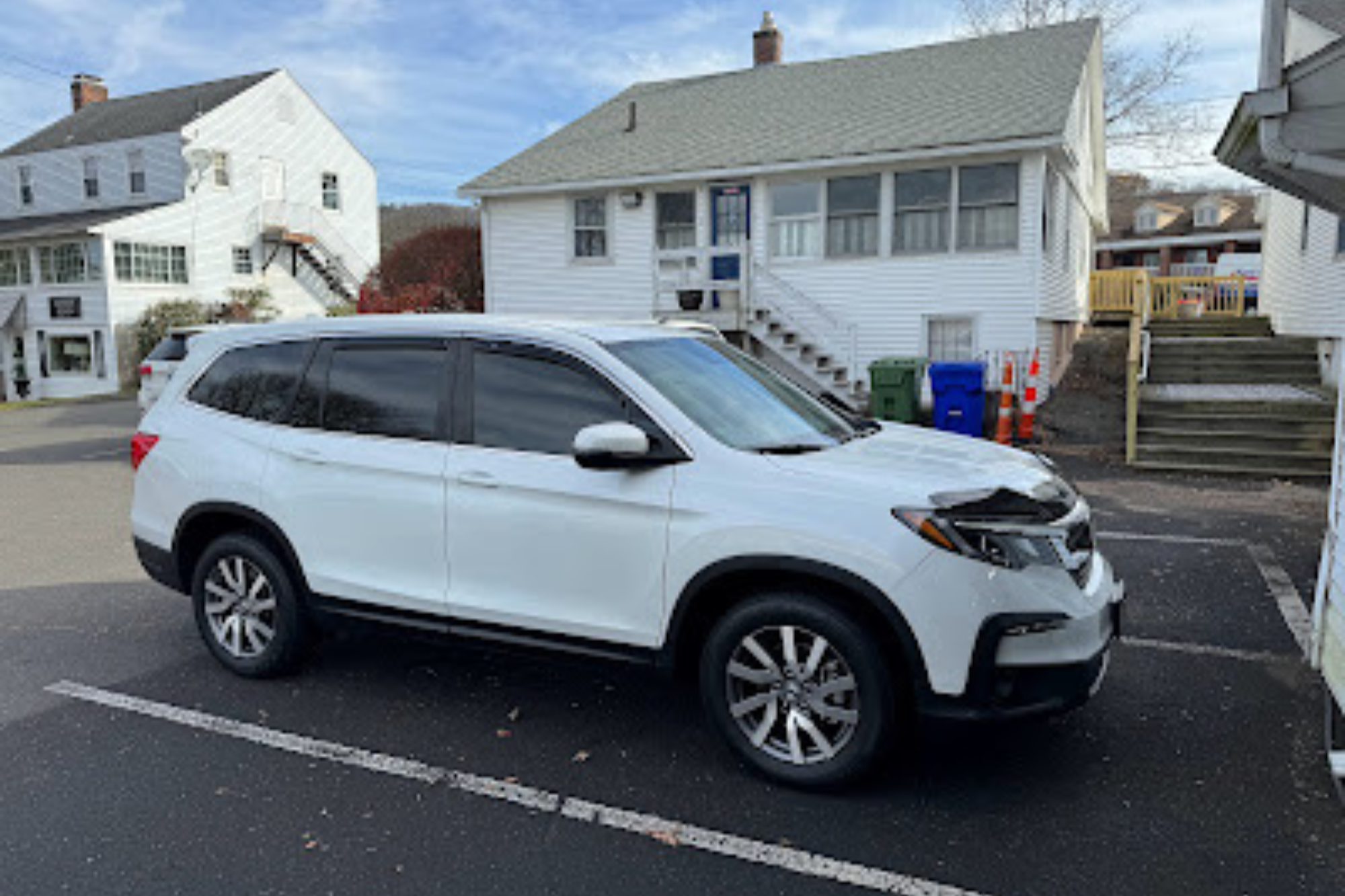
If you’ve invested in paint protection film for your vehicle, you may wonder about its lifespan and how to ensure it lasts as long as possible. Understanding the factors that influence the durability of PPF and adopting proper maintenance practices are crucial. From choosing the suitable quality film to employing appropriate cleaning techniques, there are various steps you can take to preserve the integrity of your paint protection film. Stay tuned to uncover the secrets to maximizing the longevity of your PPF and keeping your vehicle looking pristine for years to come.
Key Takeaways
- Lifespan of PPF: 5-10 years based on quality.
- Proper installation is crucial for durability.
- Regular maintenance preserves film integrity.
- Use pH-neutral soap and designated film cleaner.
- Optimal storage, parking, and prompt repair are essential.
Lifespan of Paint Protection Film
When considering the lifespan of paint protection film, it’s essential to understand the various factors influencing its durability and longevity. Paint protection film, commonly known as PPF, is designed to shield your vehicle’s paint from scratches, chips, and other forms of damage.
The typical lifespan of high-quality PPF ranges from five to ten years. However, this duration can vary depending on several key aspects.
One crucial factor is the quality of the film itself. Higher-grade PPF, usually polyurethane, lasts longer and offers better protection than lower-quality alternatives. Additionally, proper installation is paramount for maximizing the lifespan of the film. A professional installation ensures that the PPF adheres correctly to the surface, reducing the risk of premature peeling or damage.
Environmental conditions also significantly affect the life of the paint protection film. Exposure to harsh sunlight, extreme temperatures, and other environmental factors can impact the film’s longevity. Regular maintenance, such as washing your vehicle with a pH-neutral car shampoo and avoiding abrasive cleaners or tools, can help prolong the life of the PPF.
Factors Affecting Durability
Factors affecting the durability of paint protection film encompass a range of variables that directly influence its ability to withstand wear and tear over time. When considering the longevity of your paint protection film, it’s essential to take into account the following factors:
- Environmental Exposure: Exposure to harsh elements like UV rays, extreme temperatures, and pollutants can degrade the film over time.
- Quality of Installation: A proper installation ensures that the film adheres well to the surface, reducing the risk of peeling or bubbling.
- Maintenance Routine: Regular cleaning and maintenance help preserve the film’s integrity and extend its lifespan.
- Driving Conditions: Factors such as gravel roads, highway driving, or off-road adventures can impact the wear and tear the film experiences.
Understanding these factors can help you maximize the durability of your paint protection film. By being mindful of environmental conditions, ensuring a high-quality installation, maintaining the film regularly, and considering your driving habits, you can help your paint protection film last longer and continue to provide the protection your vehicle needs.
Choosing the Right Film
Selecting the proper paint protection film is crucial in protecting your vehicle’s exterior from damage. When choosing the appropriate film, consider factors like the level of protection needed, your budget, and your desired appearance. Paint protection films come in varying thicknesses, with thicker films offering higher protection against rock chips, scratches, and other road debris. Opt for a film that balances protection with clarity, ensuring your vehicle’s paint remains visible and vibrant.
Another important aspect to consider is the film’s self-healing capability. Some films have self-healing properties that help minor scratches disappear with exposure to heat or sunlight, maintaining the sleek look of your vehicle over time. Additionally, look for a film with UV resistance to prevent discoloration and fading of the paint underneath.
Choosing a film that’s easy to maintain and clean is also essential. Some films are more prone to showing dirt and stains, requiring frequent cleaning to uphold their appearance. Select a film that fits your lifestyle and maintenance preferences to ensure your vehicle’s protection is hassle-free.
Consulting with a professional PPF installer can help you navigate the options available and select the best film for your specific needs. By choosing the right paint protection film, you can ensure your vehicle stays looking its best for years to come.
Professional Installation Importance
Professional installation is paramount for optimal performance and longevity of your paint protection film. When it comes to safeguarding your vehicle’s paint from the rigors of daily driving, the precision and expertise of an experienced installer can make all the difference. Here’s why professional installation matters:
- Expert Precision: Professional installers have the training and experience to ensure the film is applied seamlessly, without air bubbles or imperfections that could compromise its effectiveness.
- Proper Alignment: Achieving a flawless fit requires intricate maneuvering and film alignment, a task best left to skilled hands to avoid gaps or overlaps.
- Specialized Tools: Professionals use tools designed for paint protection film application, ensuring a smooth and uniform finish that enhances protection and aesthetics.
- Custom Solutions: A professional installer can tailor the application to your specific vehicle, taking into account its curves, contours, and potential areas of vulnerability to provide comprehensive coverage.
Regular Cleaning Practices
When maintaining your paint protection film, it’s crucial to employ proper washing techniques to ensure longevity. Avoid using abrasive cleaners as they can damage the film’s protective layer, compromising its effectiveness. Opt for gentle cleaning products specifically designed for paint protection film to keep it looking pristine and performing at its best.
Proper Washing Techniques
To maintain the longevity of your paint protection film, following proper washing techniques for regular cleaning is crucial. Ensuring your film is clean keeps your vehicle looking its best and helps preserve the integrity of the protective layer. Here are some detailed steps to guide you in achieving the best results:
- Use a pH-neutral car wash soap: Avoid harsh chemicals that can degrade the film over time.
- Wash with a microfiber wash mitt: This gentle material helps prevent scratching and maintains the film’s smooth surface.
- Rinse thoroughly with clean water. Make sure to remove all soap residue to prevent streaking.
- Dry with a soft microfiber cloth or a blower: Pat the film dry gently to avoid water spots, or use a blower for a spot-free finish.
Avoid Abrasive Cleaners
Avoiding abrasive cleaners is essential for properly maintaining your paint protection film. These harsh cleaners can cause damage to the film’s top layer, compromising its ability to protect your vehicle’s paint.
Opt for mild soaps or specifically designed film cleaners when cleaning your car with paint protection film. Abrasive cleaners often contain harsh chemicals or rough particles that can scratch the film, leading to a dull appearance and reduced effectiveness in shielding your car’s paint from debris and UV rays.
Using abrasive cleaners may also void the warranty on your paint protection film, leaving you vulnerable to costly repairs or replacements. Steering clear of these damaging products ensures that your film remains intact and provides optimal protection for your vehicle.
Use Gentle Cleaning Products
Maintenance of your paint protection film requires gentle cleaning products to ensure longevity and effectiveness. When selecting cleaning products for your paint protection film, keep in mind the following tips:
- Opt for pH-neutral soaps specifically designed for car paint maintenance. These products are gentle on the film while effectively removing dirt and grime.
- Avoid harsh chemicals such as bleach, ammonia, or abrasive cleaners, as they can damage the film and reduce its lifespan.
- Use soft microfiber cloths or wash mitts to prevent scratching the film surface during cleaning.
- Consider using a designated paint protection film cleaner or detailer spray for added protection and shine without harming the film.

Avoiding Harsh Chemicals
Avoiding harsh chemicals is crucial for longevity when maintaining your paint protection film. Opt for chemical-free cleaning solutions to prevent damage to the film’s protective properties. By adopting gentle maintenance practices, you can ensure that your film remains in optimal condition for an extended period.
Chemical-Free Cleaning
To ensure the longevity and optimal performance of your paint protection film, it’s crucial to adopt a chemical-free cleaning approach. When maintaining your PPF, consider the following:
- Use Microfiber Cloths: Opt for soft microfiber cloths to gently remove dirt and debris without scratching the film’s surface.
- Mild Soap Solution: Mix mild soap and water to clean the film effectively without damaging it.
- Avoid Harsh Chemical Cleaners: Avoid abrasive chemicals like ammonia or bleach, as they can degrade the film over time.
- Regular Rinse: Rinse your paint protection film regularly with clean water to prevent buildup and maintain its clarity.
Gentle Maintenance Practices
For optimal upkeep of your paint protection film, it’s imperative to adhere to gentle maintenance practices that avoid harsh chemicals. Harsh chemicals can degrade the film’s protective properties, reducing its effectiveness and longevity.
Opt for mild, pH-neutral soaps or designated film cleaners when cleaning paint protection film. These products are gentle on the film while effectively removing dirt, grime, and other contaminants.
Avoid using abrasive materials such as stiff brushes or rough sponges when cleaning the film, as they can cause scratches or damage to its surface. Instead, use soft microfiber cloths or mitts to clean the film gently without harming it.
Additionally, refrain from using strong solvents, acidic cleaners, or petroleum-based products, as they can strip away the protective layers of the film.
Storage and Parking Considerations
Considering where and how you store or park your vehicle can greatly impact the longevity and effectiveness of the paint protection film (PPF). To ensure your PPF stays in top condition, here are some storage and parking considerations to keep in mind:
- Covered Parking: Opt for covered parking spaces whenever possible to shield your vehicle and the PPF from direct sunlight, rain, and other environmental elements.
- Avoid Trees and Bushes: Parking under trees might lead to sap, bird droppings, or branches falling on your vehicle, potentially causing damage to the PPF.
- Garage Storage: If available, storing your vehicle in a garage provides the best protection against outdoor elements that could wear down the PPF over time.
- Regular Cleaning: Before storing your vehicle for an extended period, ensure it’s thoroughly cleaned to remove any dirt, debris, or contaminants that could degrade the PPF if left sitting on the surface.
Repairing Minor Damage
When addressing minor damage on your paint protection film (PPF), swift and meticulous action is key to maintaining its integrity. Even small scratches or nicks can compromise the effectiveness of the film in protecting your vehicle’s paint. To repair minor damage on your PPF, start by thoroughly cleaning the affected area with a gentle car wash soap and water. This will ensure that no dirt or debris interferes with the repair process.
Next, assess the extent of the damage. For minor scratches, you can try using a heat gun on low heat or a hairdryer to gently warm the damaged area. This can help the PPF self-heal and diminish the appearance of the scratch. If the damage is more severe, such as a deep gouge or tear, consider contacting a professional installer to evaluate and repair the PPF properly.
After the repair, apply a quality sealant or wax specifically designed for PPF to protect the area and enhance its longevity. Regularly inspect your PPF for any signs of damage and address them promptly to prevent further issues.
Replacing Worn-Out Film
Addressing worn-out paint protection film (PPF) is a necessary part of maintaining the integrity of your vehicle’s paint. When it comes time to replace the worn-out film, there are crucial steps to ensure a seamless transition and continued protection for your vehicle:
- Assessment: Begin by carefully examining the current state of the PPF to determine the extent of wear and tear. Look for areas where the film has lifted, yellowed, or incurred damage from debris.
- Preparation: Before removing the old PPF, gather all the necessary tools and materials, such as a heat gun, adhesive remover, microfiber cloths, and a squeegee. Ensure you have a clean and well-lit workspace to facilitate the replacement process.
- Removal: Use a heat gun to warm up the old film, making it easier to peel off. Work gradually and gently to avoid damaging the underlying paint. Use adhesive remover to clean any residual glue left on the surface.
- Installation: Once the old film is completely removed and the surface is clean, carefully apply the new PPF following the manufacturer’s instructions. Take your time to ensure proper alignment and adhesion for optimal protection.
So, there you have it – the key to maintaining your paint protection film and maximizing its lifespan. Remember, a little TLC goes a long way in keeping your vehicle looking pristine. Treat your PPF like the prized possession it is, and it will reward you with years of protection. Don’t let your PPF fade away into oblivion – give it the love and care it deserves. Drive on, dear protector of paint!


